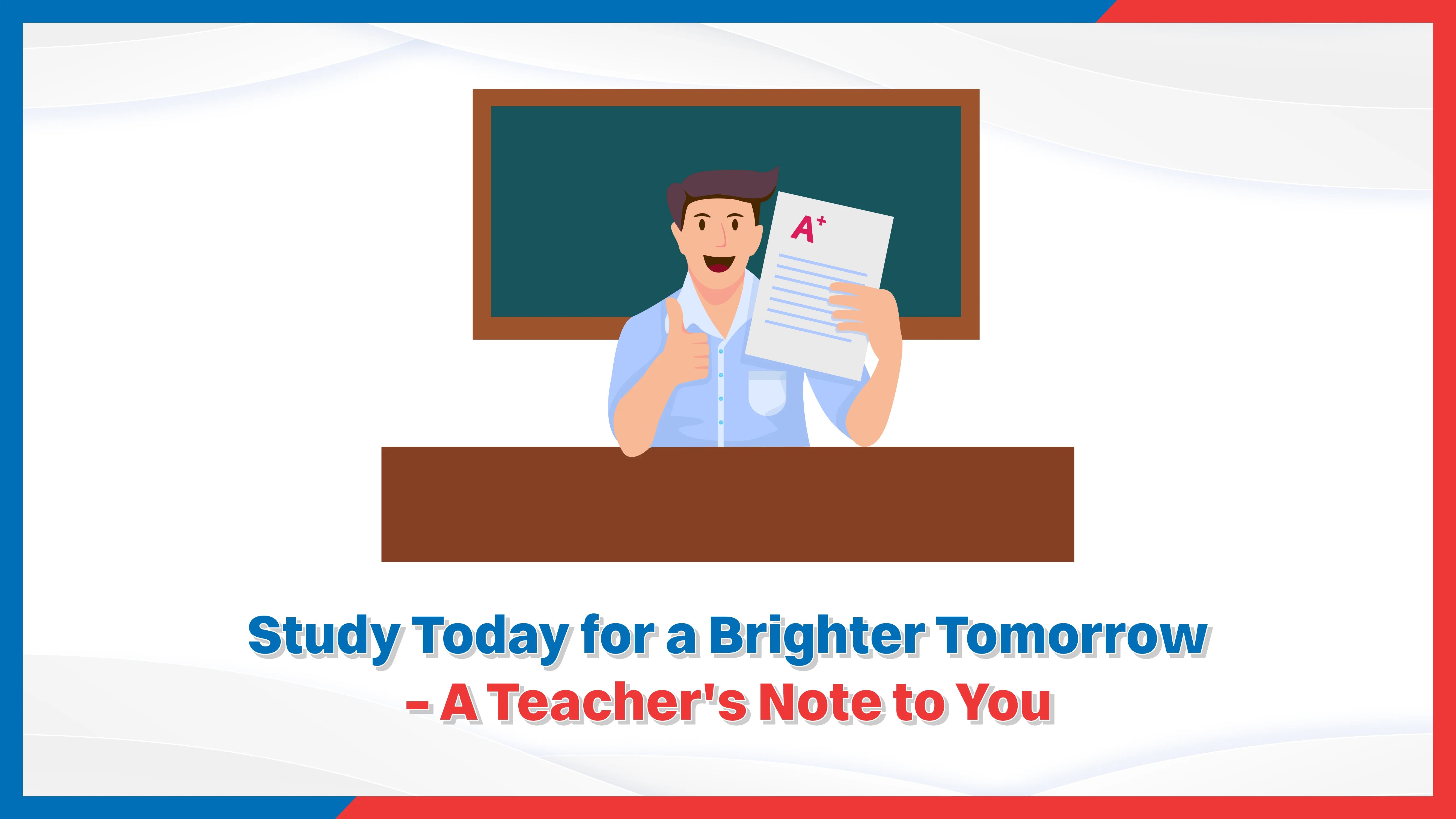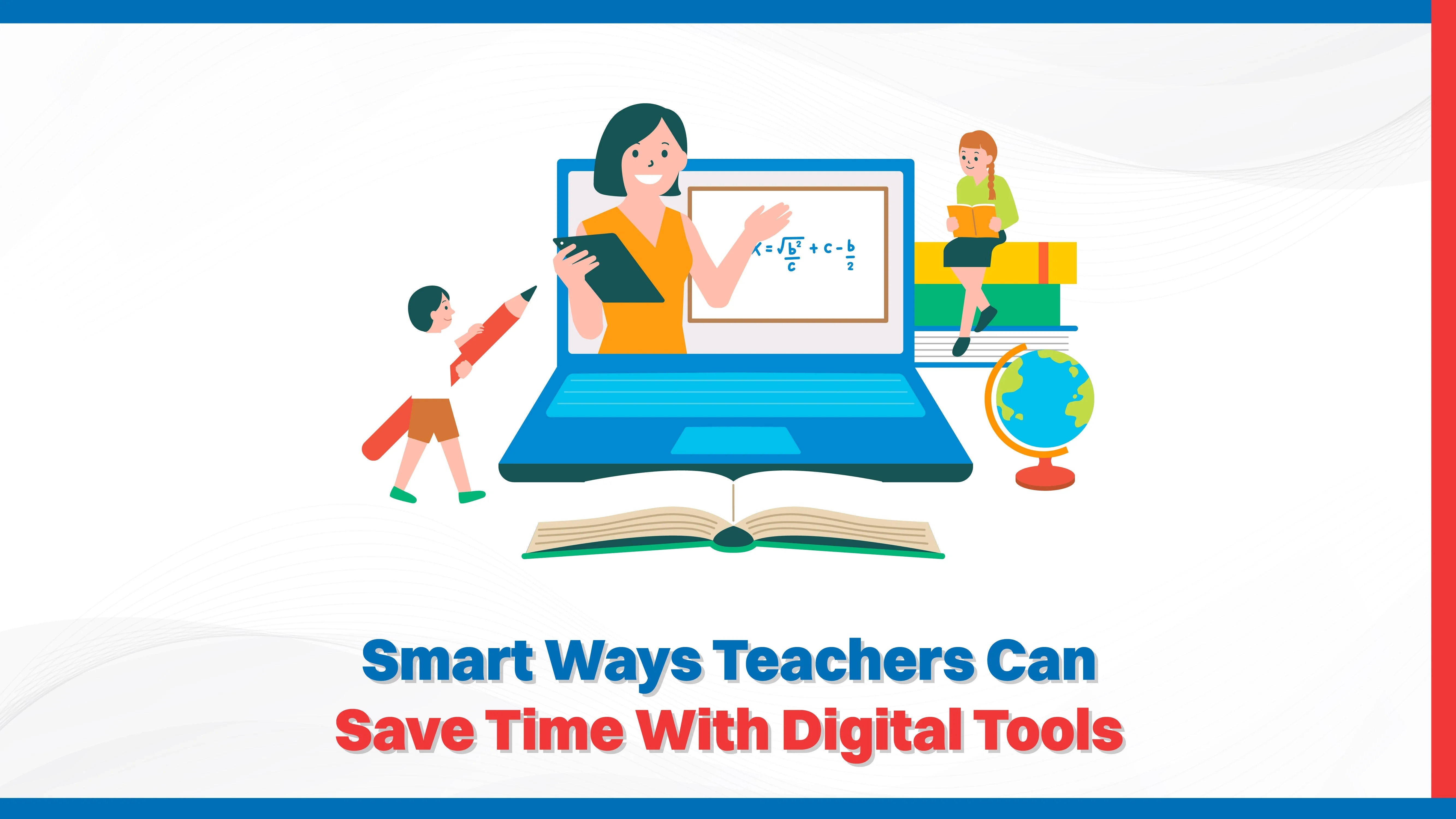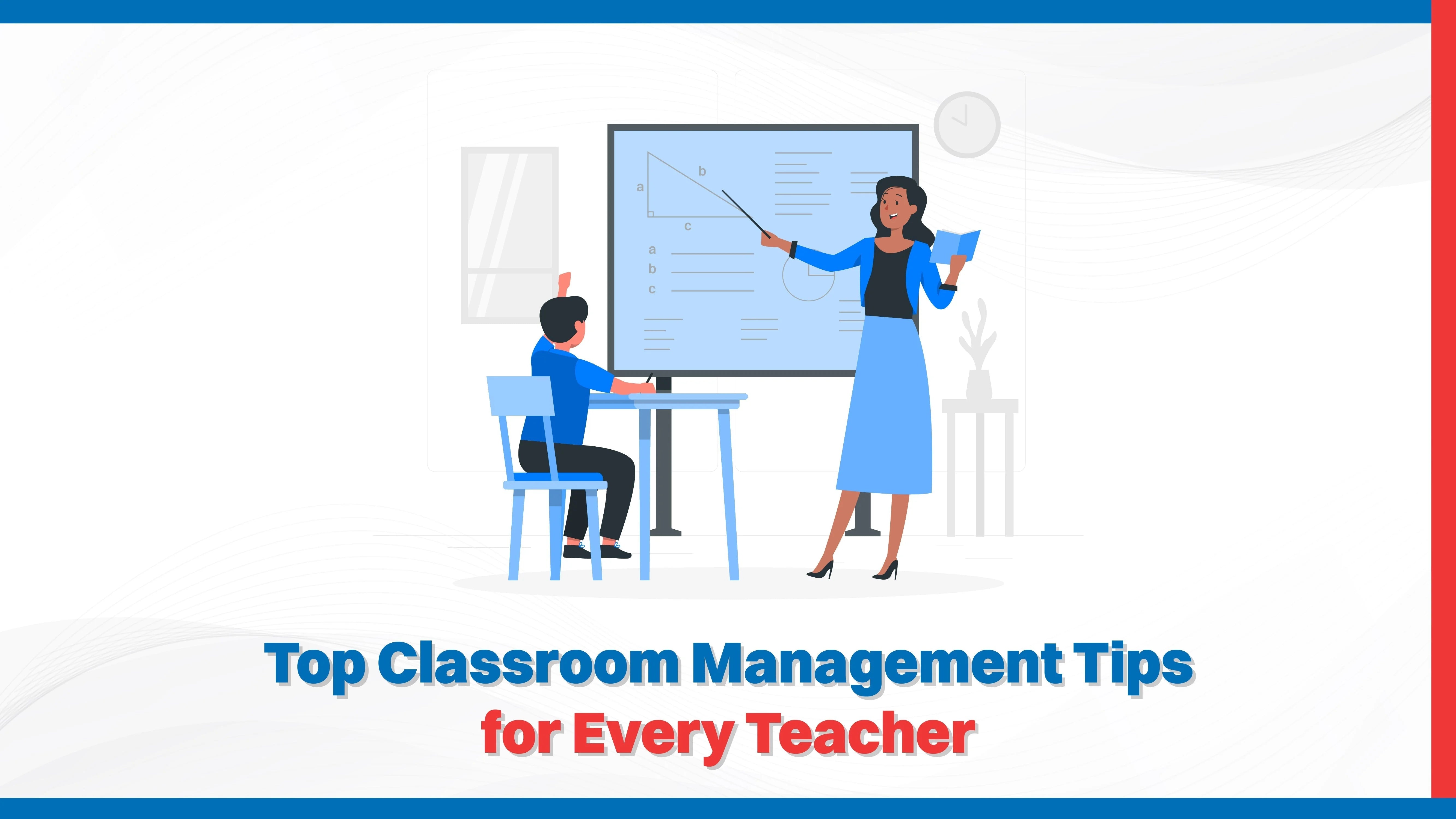Education has come a long way from the days of traditional chalkboard teaching. With the rapid advancements in technology and our evolving understanding of how students learn best, modern teaching strategies have transformed the way educators engage with their students. The transition from chalkboards to keyboards represents a shift towards more dynamic, interactive, and learner-centric approaches to education. In this blog, we'll explore how this transformation has occurred and what it means for the future of teaching and learning.
The Chalkboard Era:
For decades, the chalkboard was the primary tool for teaching in classrooms. Teachers would stand in front of their students, writing lessons on the board, and students would copy notes into their notebooks. This method had its merits, but it was also limited in several ways:
Passive Learning: Students were often passive recipients of information, and there was limited room for interactivity or active engagement.
One-Size-Fits-All: The chalkboard method often delivered information in a uniform manner, which didn't cater to individual learning styles and paces.
Limited Resources: Teachers were constrained by the resources available in their immediate environment, which could sometimes limit the depth and breadth of the material covered.
Are You a Teacher? Apply for FREE CBSE ICSE Specimen Sample Books For Teachers | Specimen Books For ISC | JEE Main & Advanced | NEET | UPSC | CUET | Olympiad | NDA | CDS | GATE | CAT | CLAT | UPPSC from our end.
The Transition to Modern Teaching:
The digital revolution has ushered in a new era of education, shifting the focus from the chalkboard to the keyboard and beyond. Several key elements of this transformation include:
Interactive Learning: Digital tools and platforms allow for more interactive learning experiences. Students can now engage with multimedia content, participate in virtual discussions, and collaborate on projects in ways that were unimaginable in the chalkboard era.
Personalized Learning: Modern teaching strategies embrace the concept of personalized learning. With the help of data and technology, educators can tailor instruction to meet individual students' needs, providing support where necessary and challenging them where appropriate.
Access to a World of Information: The internet has democratized access to knowledge. Students and teachers have a vast repository of information at their fingertips, enabling them to explore subjects in greater depth and from diverse perspectives.
Blended Learning: The integration of in-person and online teaching has become commonplace, offering the flexibility to adapt to various learning environments and student needs.
Must Read: The Digital Classroom Revolution: Adapting to 21st Century Teaching
Modern Teaching Strategies:
Here are some modern teaching strategies that leverage technology and move beyond the limitations of the chalkboard:
Online Learning Platforms: Learning management systems and online platforms provide a centralized hub for resources, assignments, and communication between teachers and students.
Gamification: Incorporating elements of game design into lessons can make learning more engaging and fun, boosting student motivation and participation.
Virtual Reality and Augmented Reality: These technologies offer immersive learning experiences, allowing students to explore complex subjects like never before.
AI and Data Analytics: Artificial intelligence can help analyze student data to identify areas of improvement, while data analytics can provide insights into learning patterns and preferences.
The Future of Education:
The transition from chalkboards to keyboards is ongoing, and the future of education promises even more exciting innovations. Here are a few trends to watch for:
Artificial Intelligence: AI-powered tutors and personalized learning platforms will continue to develop, offering tailored support for each student.
Inclusivity: Technology will play a vital role in making education more inclusive, ensuring that all students, regardless of their abilities or backgrounds, have access to quality education.
Life-Long Learning: The idea of education as a lifelong pursuit will become more mainstream, with online courses, micro-credentials, and professional development opportunities playing a significant role.
Data-Driven Decision Making: Schools and educators will increasingly use data analytics to inform their teaching methods, creating a more responsive and effective education system.
Also Read: Strengthening Student Achievement Through Collaborative Parent-Teacher Relationships
In conclusion, the transition from chalkboard to keyboard represents a profound shift in education, enabling more dynamic, interactive, and learner-centric approaches. Modern teaching strategies empower both students and educators, offering a more flexible, personalized, and effective way to acquire and share knowledge. As technology continues to advance, the future of education holds exciting possibilities for learners of all ages, backgrounds, and abilities.















I have been a school teacher for the last fifteen years and have seen countless children passing with excellent marks with the help of your books. Your publishing team is really worthy of praise.
Regards
Dr. Kumar Prabhakar
Usha Martin World School, Patna